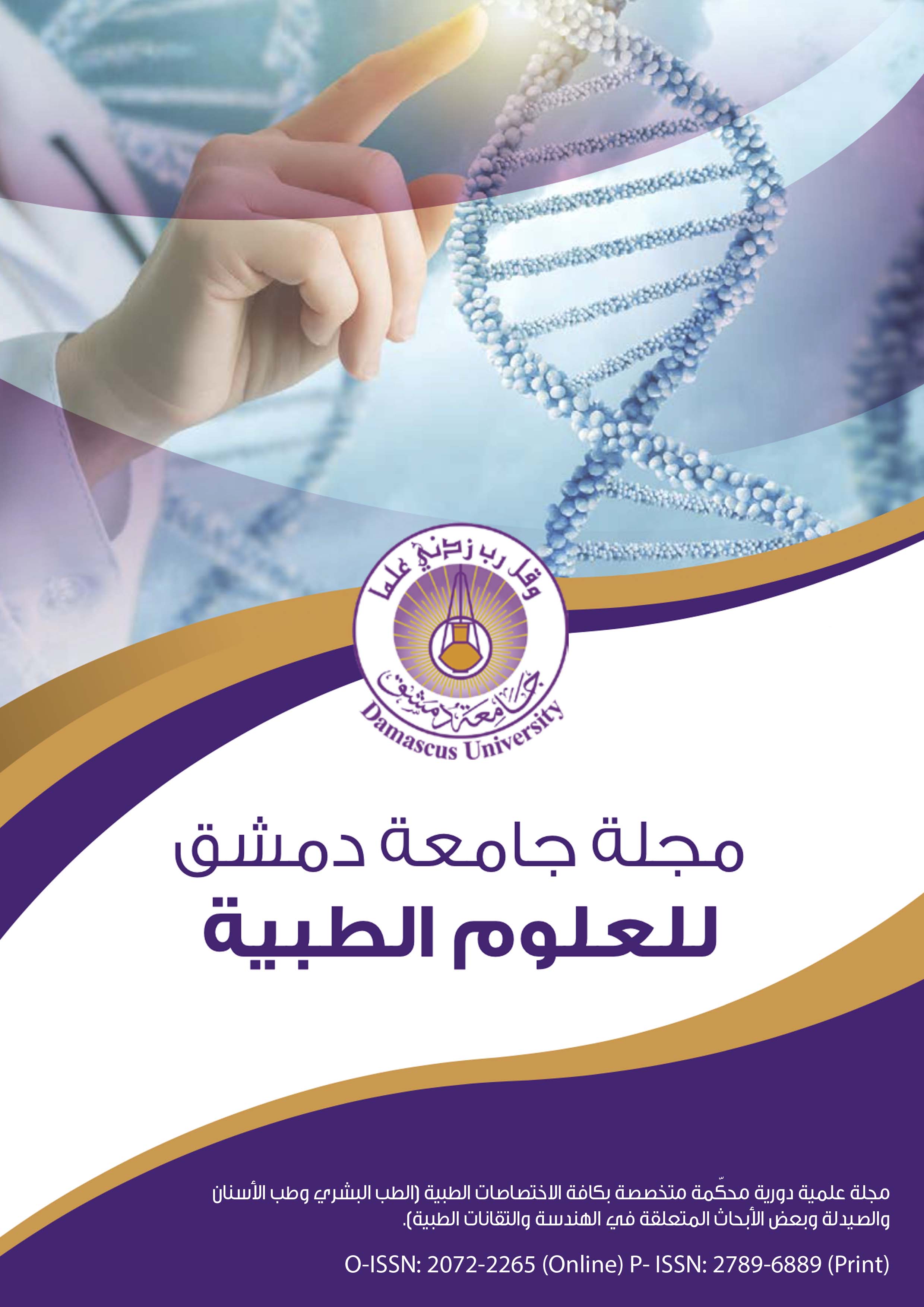Optimizing Tissue Fixation Conditions for Molecular Study of The MED12 Gene in FFPE Uterine Leiomyoma Tissues
Keywords:
FFPE, DNA extraction, PCR, MED12, Uterine leiomyomaAbstract
Abstract:
Background and aim: Mutations in exon2 of the Mediator Complex Subunit12 gene (exon2-MED12) are major drivers for uterine leiomyomas (ULMs). Proper conditions of fixation are essential for the success of DNA extraction and polymerase chain reaction (PCR) amplification. The study explored whether DNA extracted from preserved formalin-fixed, paraffin-embedded (FFPE) tissues is suitable for PCR amplification of exon2-MED12 and investigated enhancing conditions.
Materials and Methods: The study included 12 ULM-preserved FFPE tissues of unknown fixing and embedding conditions from 12 patients and five fresh tissues extracted from the same hysterectomized patient, fixed in 6% buffered formalin for 22 hours, and paraffin-embedded manually. Section size, quantity, and thickness were comparable among fresh samples. Genomic DNA was extracted and results were judged by the concentration and quality of the isolated DNA and the success of the PCR amplification. Additional sections were stained with hematoxylin and eosin for tissue inspection under the microscope.
Results: PCR amplification and DNA extraction from preserved FFPE-ULM tissues were unsuccessful. However, PCR amplification from newly collected ULMs was successful from DNA as low as 7.7 ng/µl or better. Section size, quantity, and thickness did not correlate with tissue weight or DNA concentration, we investigated the cell density as a plausible cause for the noted variations. The cell density varied indeed in the collected specimens and correlated better with DNA concentration.
Conclusions: Optimization of tissue fixation (duration and concentration) led to successful PCR amplifications. Every ULM sample is unique and tissue histology should be considered for fruitful DNA extraction and PCR results. Rare samples with scarce tissue and minor DNA yields could be useable for PCR amplification and subsequent genetic testing. The study recommends that fixation conditions are documented for FFPE tissues so that educated decisions regarding tissue utilization for DNA extraction and subsequent genetic testing are feasible.
Keywords: FFPE; DNA extraction; PCR; MED12; Uterine leiomyoma.
Abbreviations: FFPE: Formalin fixed paraffin embedded; H&E: Hematoxylin and Eosin; MED12: Mediator Complex Subunit 12; PCR: Polymerase chain reaction; ULM: Uterine leiomyoma.

